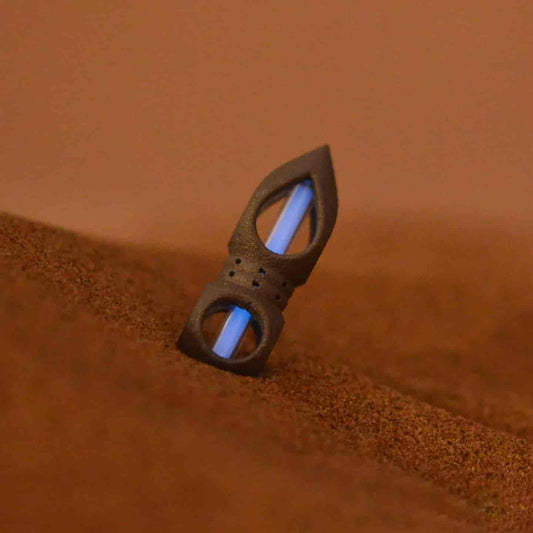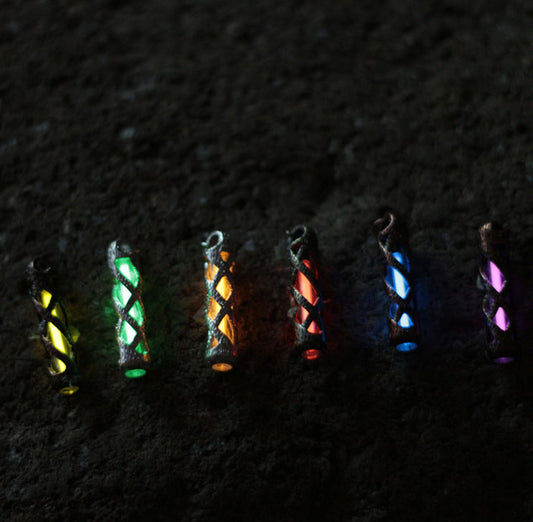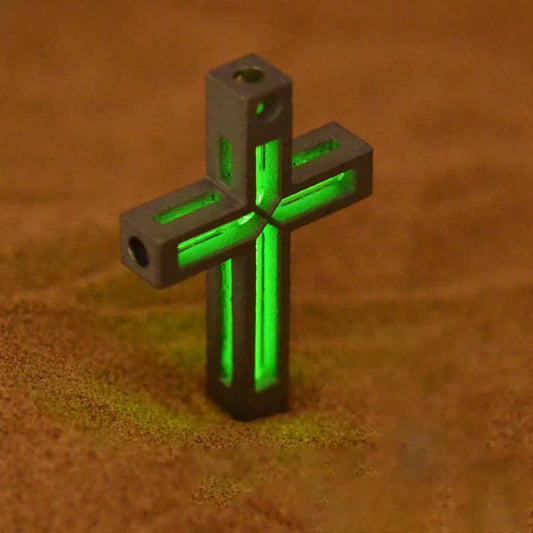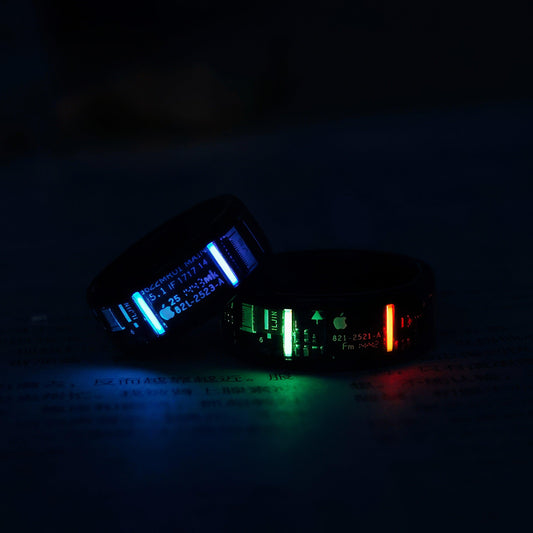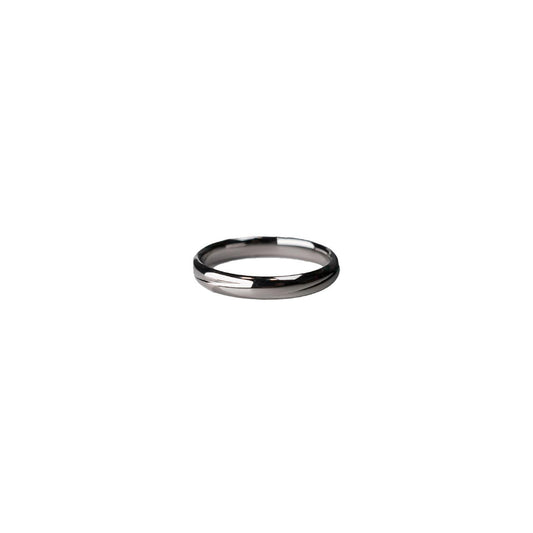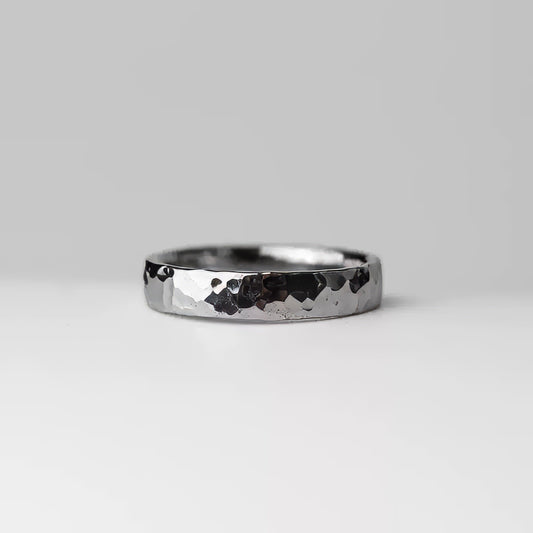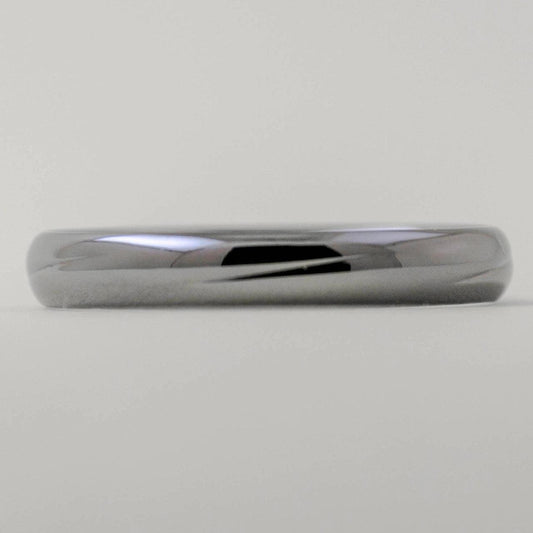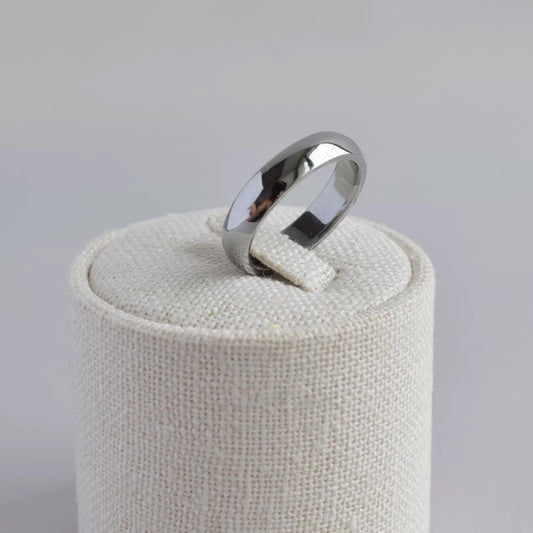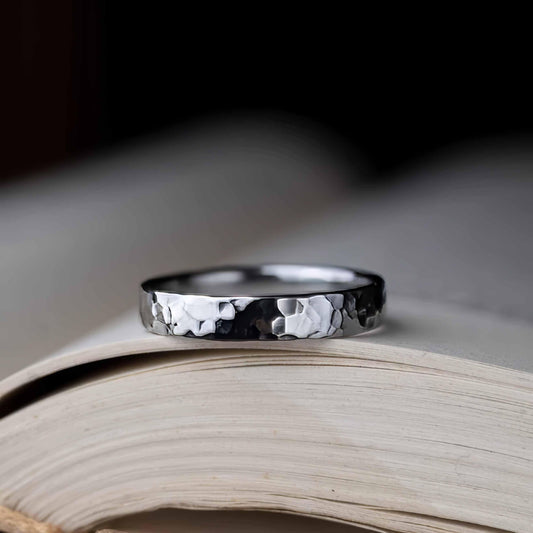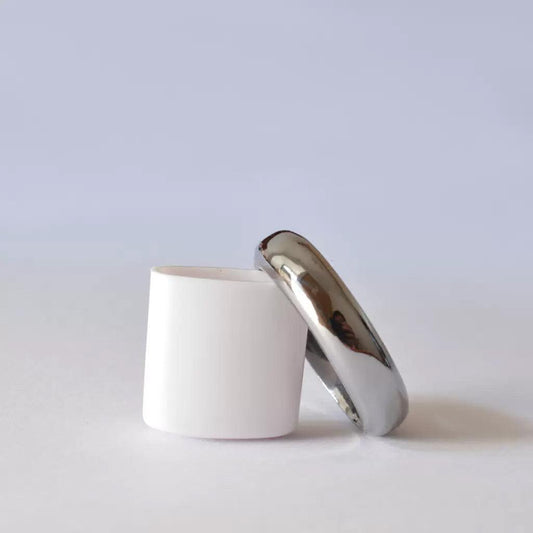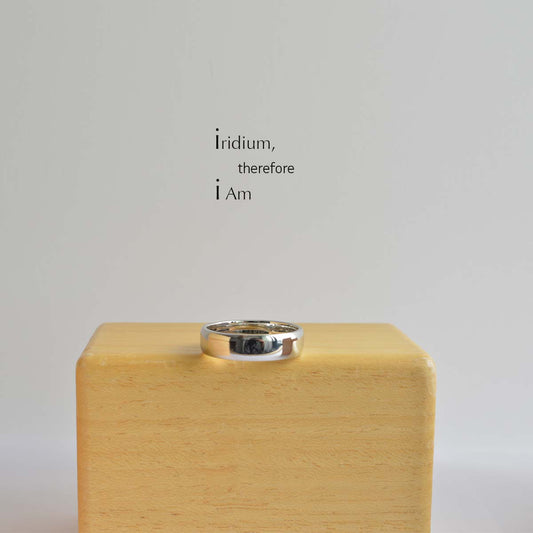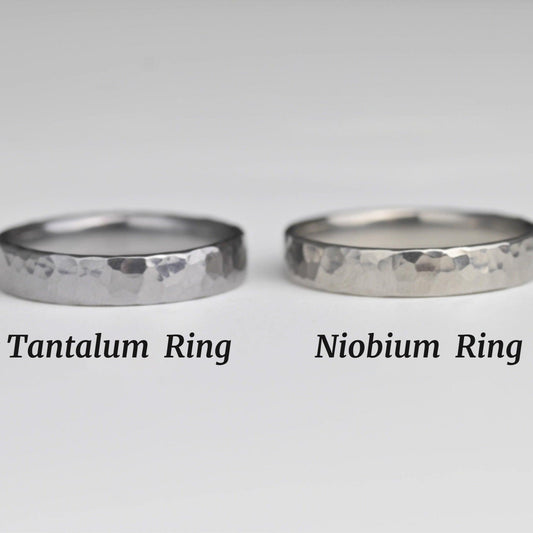Tantalum and Niobium: The Silent Metals Powering Our Modern Lives
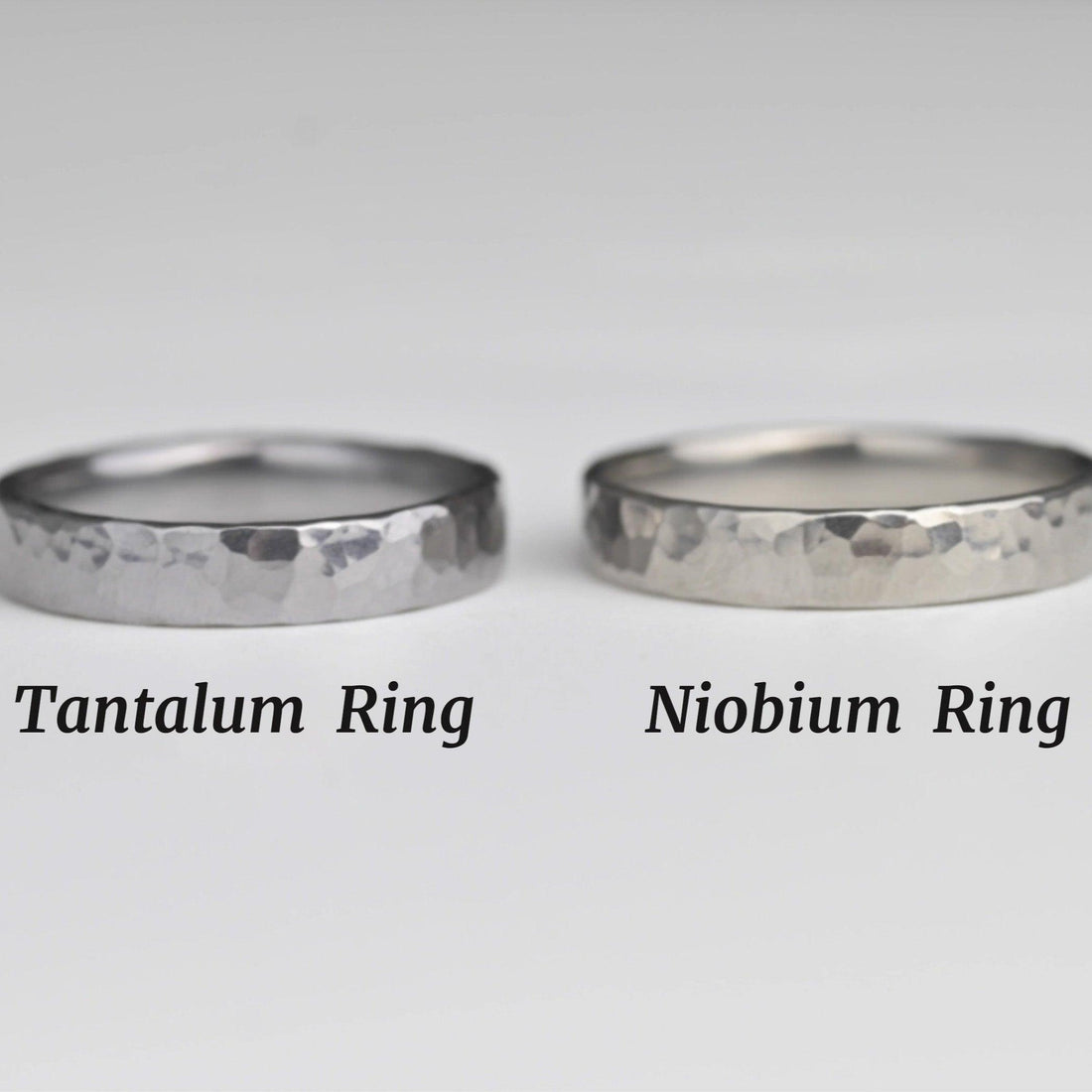
In a world driven by rapid technological evolution, not all essential elements are flashy or famous. Some work silently behind the scenes, holding together the most vital functions of modern civilization. Among these unsung heroes are two extraordinary metals: tantalum and niobium. Though less known than gold or platinum, their unique properties have made them indispensable in everything from smartphones to space exploration—and now, even in the symbolism of love and commitment.
Tantalum, a rare, lustrous, gray-blue metal, is revered for its exceptional resistance to corrosion and its ability to remain stable in extreme environments. It was named after the Greek mythological figure Tantalus, forever tormented by what he could not reach—much like tantalum’s resistance to even the most aggressive acids. In today’s world, that quality makes it a core component in medical implants such as pacemakers and artificial joints. Its biocompatibility ensures it can exist inside the human body for decades without rejection, quietly supporting life with remarkable durability.
Equally vital is tantalum’s role in the electronics that dominate our daily lives. From high-performance capacitors in smartphones and laptops to avionics and satellite systems, tantalum metal keeps circuits compact, efficient, and reliable. It allows technology to be smaller, smarter, and more stable—an invisible force powering our most visible innovations.
Niobium, while less mythologically named, is no less impressive. Known for its strength-to-weight ratio and resistance to extreme temperatures, niobium is a favorite among metallurgists and aerospace engineers alike. When alloyed with steel, even in small amounts, it significantly enhances durability without adding weight—making it ideal for constructing bridges, high-speed rail systems, and deep-sea pipelines.
Yet it’s in the world of superconductivity where niobium truly shines. In cryogenic environments, niobium applications enable zero-resistance current flow. This property is the cornerstone of MRI machines, particle accelerators, and emerging quantum computing technologies. Behind every clear scan or data breakthrough is niobium, performing its quiet miracle.
But perhaps the most unexpected chapter in the story of these metals is unfolding not in laboratories or factories—but in jewelry boxes.
In recent years, both tantalum and niobium have gained attention in the world of fine jewelry, particularly in the design of modern wedding rings and fashion-forward bands. Tantalum’s rich, dark luster and natural matte finish make it a popular alternative to platinum or white gold. Unlike softer metals, tantalum is scratch-resistant, shatterproof, and does not tarnish, making it a fitting metaphor for enduring love—solid, unyielding, and timeless.
Niobium brings a different charm to the table. Through anodizing, it can display a wide spectrum of iridescent colors—from deep purples and ocean blues to vibrant greens and golds. These rainbow-like hues are not surface coatings but intrinsic to the metal itself, reflecting light in ways that feel organic and otherworldly. For those seeking self-expression, inclusivity, or a break from tradition, niobium jewelry offers a bold and meaningful option.
This shift from industrial material to personal statement is more than aesthetic—it’s cultural. In an era increasingly defined by individuality, sustainability, and innovation, metals like tantalum and niobium offer an alternative to the conventional. They speak not of status, but of substance. They are modern, mindful, and resilient—values that resonate deeply with today’s couples and creators.
Geopolitically, these metals are also critical. Tantalum is primarily sourced from Central Africa and Australia, while the world’s largest niobium reserves are found in Brazil and Canada. Their extraction and supply chains are closely watched due to their importance in national defense, aerospace, and medical industries. As the demand for high-performance materials grows alongside 5G, AI, and clean energy initiatives, both metals are likely to become even more strategically significant.
Ultimately, tantalum and niobium embody a new kind of luxury—one rooted in performance, permanence, and purpose. They serve not just machines, but people; not just progress, but meaning.
If you’re searching for a ring that combines modern elegance with resilience and individuality, take a look at Bound By Nature Tantalum Niobium Ring Set. Each piece is thoughtfully designed, marrying the natural strength of these metals with minimal, refined aesthetics. Whether for a wedding, a milestone, or a personal signature, these rings are more than adornments—they’re stories cast in metal.
